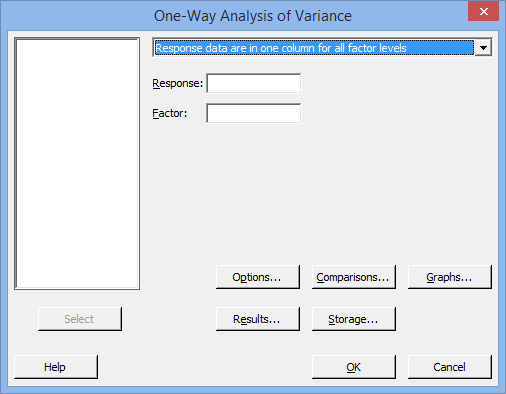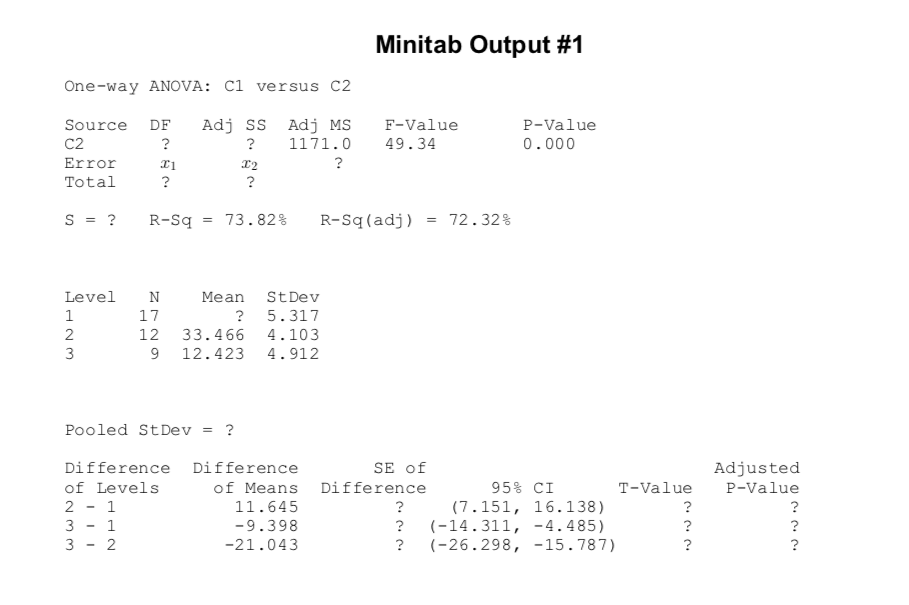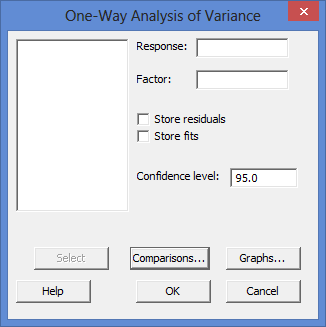

With its Microsoft Excel-like view, processing any statistical data becomes easier, especially for anyone who hasn’t use this application before. Not only it is powerful, it also has functionalities similar to IBM SPSS and E-views applications. It is among the best applications for data processing And statistical analysis. SAS then produces output of interest using “ proc” statements, short for “procedure”.Minitab 2021 Free Download Full 32 Bit & 64 Bit. F1 or Control), then we have to follow the name of the variable in the input statement with a “ $” sign.Ī simple way to input small datasets is shown in this code, wherein we embed the data in the program. Note that SAS assumes variables are numeric in the input statement, so if we are going to use a variable with alpha-numeric values (e.g. In the dataset, the data to be used and its variables are named.

Notice that the end of each SAS statement has a semi-colon. The first line begins with the word ‘ data’ and invokes the datastep. Here is the program used to generate the summary output in Lesson 2.1: data greenhouse STAT 480-course series is also a useful resource for additional help. In this section, we begin to delve further into SAS programming with a special focus on ANOVA-related statistical procedures. The statistical software SAS is widely used in this course and in previous lessons we came across outputs generated through SAS programs.

In other words, errors that are near to each other in the sequence might be correlated with each other. The order related trend depicts a prototype situation where the errors are not independent.

In figure (d), we are plotting residuals against the order of the observations. However the megaphone patterns in figure (c) suggests that variance is not constant. Using figure (c), we can depict that the linear model is appropriate as the central trend in data is a line. e ŷ 0 (a) e ŷ 0 (b) e ŷ 0 (c) e Order 0 (d)įigure (b) suggests that although the variance is constant, there are some trend in the response that is not explained by a linear model. within the horizontal bands) for all groups. The residuals are scattered randomly around mean zero and variability is constant (i.e. \(\underbrace\)).įigure (a) shows the prototype plot when the ANOVA model is appropriate for data. This partitioning of the deviations can be written mathematically as: In statistics, we call this the partitioning of variability (due to treatment and due to random variability in the measurements). In Lesson 2 we learned that ANOVA is based on testing the effect of the treatment relative to the amount of random error.


 0 kommentar(er)
0 kommentar(er)
